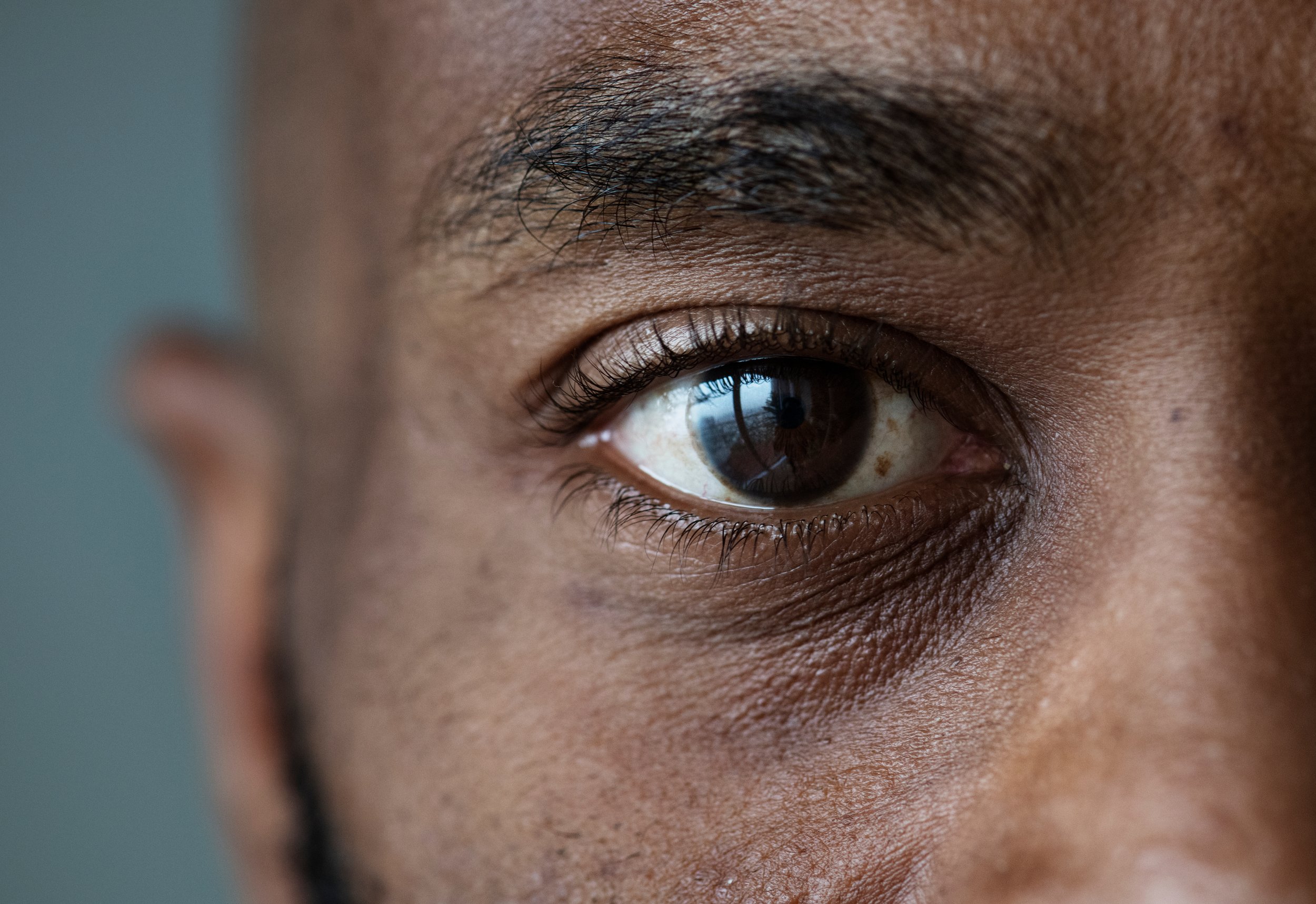
What are Light Adjustable Lens?
Cataract surgery is the most performed procedure in the United States. About 50% of Americans will develop cataracts by age 75 and, if left untreated, they can cause blindness.
-
Cataracts occur when the eye’s natural lens becomes cloudy over time, affecting vision. The only effective treatment is to replace the cloudy lens with a clear, artificial one.
-
No, since cataracts form inside the eye, not on the surface, they cannot be corrected with glasses or eye drops. Surgery is the only solution.
-
Cataract surgery is a minimally invasive procedure that typically takes 10-15 minutes. It is safe, and in most cases, both the surgery and a standard lens are covered by insurance.
-
We offer both standard and premium lens options, including the latest light-adjustable lenses (LALs). The best lens for you depends on your vision goals, lifestyle, and personal preferences.
-
LALs are cutting-edge lenses that can be adjusted after surgery using a special light. This allows for multiple fine-tuning sessions in the office to achieve the best possible vision outcome.
-
Adjustability – If the initial prescription is off, it can be corrected post-surgery.
Monovision Trial – Patients can test and adjust monovision (one eye for distance, one for near) without commitment.
Better Outcomes for Past LASIK, PRK, or RK Patients – These patients are at higher risk for vision imperfections after cataract surgery, but LALs allow for corrections.
Astigmatism Correction – LALs work similarly to toric lenses, but with adjustability.
Reduced Glare and Halos – Unlike multifocal lenses, LALs minimize these common post-surgery issues.
-
Yes. Traditional premium lenses are often not recommended for patients with glaucoma or retina diseases. However, LALs can be a great choice since they allow for vision adjustments even after surgery.
-
No, if vision has already been lost due to these conditions, no lens can restore it. However, LALs provide the flexibility to optimize remaining vision.
-
LALs are monofocal, meaning they focus at one distance (either near or far). This can be managed by setting one eye for distance and the other for near vision.
Some patients may prefer a combination approach, using a multifocal lens in one eye and an LAL in the other.
-
Yes. If you have glaucoma or high eye pressure, we can perform minimally invasive glaucoma microsurgery at the same time as cataract surgery. LALs are particularly useful in these cases since vision outcomes can be unpredictable with combined surgeries.
-
We take a personalized approach, considering your vision goals, lifestyle, and risk tolerance. With advancements in lens technology, both standard and premium options provide excellent outcomes, and we’ll work with you to find the best fit.
Patients who have had LASIK, PRK, or RK in the past are at fairly high risk for imperfect vision outcomes with cataract surgery. With light adjustable lenses, even if the prescription is off after surgery, it can be corrected.
Light adjustable lenses can help people with astigmatism as well, just like a toric lens (but adjustable).
The LAL lenses don’t have the same glare and halo problems that multifocal lenses have. Some patients cannot tolerate multifocals and have problems with bright lights and focus.
Importantly, people with glaucoma often have to have surgeries that can permanently change their astigmatism and prescription. If a surgeon does cataract surgery combined with glaucoma surgery (which is common and often best practice for higher-risk patients) the vision outcome can be unpredictable. With light-adjustable lenses, this is no longer an issue.
Patients with glaucoma and retina problems are often not candidates for other premium lenses. LALs are a good fit for both these types of patients because the focus of the lens is not disrupted by these diseases.
Like all technology, there are limitations to the light-adjustable lens. If you lost vision from glaucoma or retina problems, no lens will be able to fix that. In addition, the light-adjustable lens is monofocal (meaning only focuses up close or far away, not both). This can be managed by targeting one LAL eye for up close, and targeting far away in the other eye. Sometimes we put a multifocal lens (meaning focuses up close and far away) in one eye, and a LAL in the other. The silver lining is that there are many different ways of managing these limitations.
If you are interested in a visit with Dr. Hipp, Dr. David Kim, or Dr. Christian Kim regarding your cataracts, please click here.
